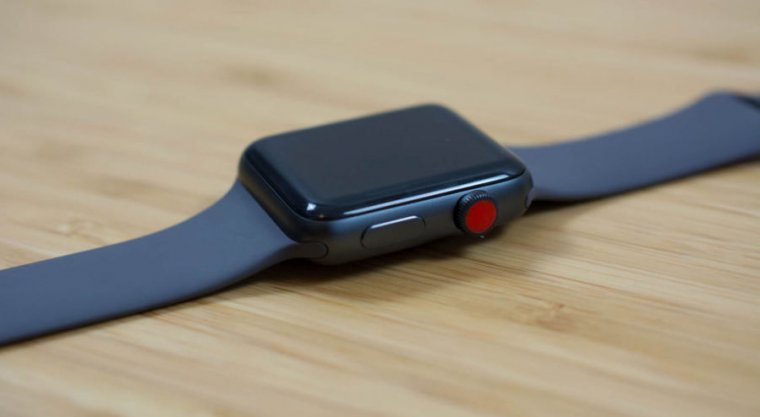
A new study on the effectiveness of the Apple Watch and iPhone as tools for measuring functional capacity in patients with cardiovascular disease (CVD) has been published by researchers at Stanford University.
The study, which involved 110 participants, found that the health-monitoring capabilities in these products could supplement or replace in-clinic tests for “frailty” in patients with CVD.
Frailty in this case is measured in terms of the distance a patient can travel in a six-minute walk. This is normally tested with a six-minute walk test (6MWT), and frailty was defined in the study “as walking
The study found that an Apple Watch was able to accurately assess frailty with a specificity of 85 percent and sensitivity of 90 percent in a supervised, in-clinic test. But the potentially significant finding is that it was able to do the same accurately with a specificity of 60 percent and sensitivity of 83 percent in unsupervised, at-home tests.
The researchers therefore concluded that the Watch is accurate enough to replace the in-clinic tests in many circumstances. Here’s what the researchers’ article says about the test results:
Under a supervised in-clinic setting, the smartphone and Apple Watch with the VascTrac app were able to accurately assess “frailty” with sensitivity of 90% and specificity of 85%. Outside the clinic in an unsupervised setting, the home-based 6MWT is 83% sensitive and 60% specific in assessing “frailty.” Passive data collected at home were nearly as accurate at predicting frailty on a clinic-based 6MWT as was a home-based 6MWT, with area under curve (AUC) of 0.643 and 0.704, respectively.
And here is their conclusion:
While the benefits of telemedicine and remote monitoring—convenience, low cost, improved data quality—have been postulated for some time, the COVID-19 pandemic has made accelerated implementation a safety imperative. In this study, we showed that smart device-based measurements, including both a 6MWT and passively collected activity data, provide clinically accurate and meaningful insights about functional capacity in patients with CVD.
You can read the full paper at PLOS One. It’s important to note that while the study was conducted independently, it was funded by Apple. Also, the study has a small sample size, and the sample size did not include much demographic diversity.
Apple may have funded the study to assist in marketing or lobbying for the acceptance of an Apple Watch for this use case, or the company may have commissioned the study to tap the results to inform decisions about which health features to invest in for the Watch.
When the work for the study was done, researchers had to use an app called VascTrac to run the tests. But Apple has since added the 6MWT test as a built-in feature of watchOS, so an additional app would no longer be needed.
Apple CEO Tim Cook has said he sees wearables like the Watch as the future of the company in many ways, and many of the strides in innovation and adoption the company has achieved in recent years have been in that category. Studies like this help the company make the case that its products solve real-world problems.
That said, Apple’s claims on this front may not always pass scrutiny. For example, some doctors have raised concerns that the Watch’s attempts to identify atrial fibrillation do not adequately replace more robust testing and that the readings may lead to negative outcomes for patients if they are misused.



